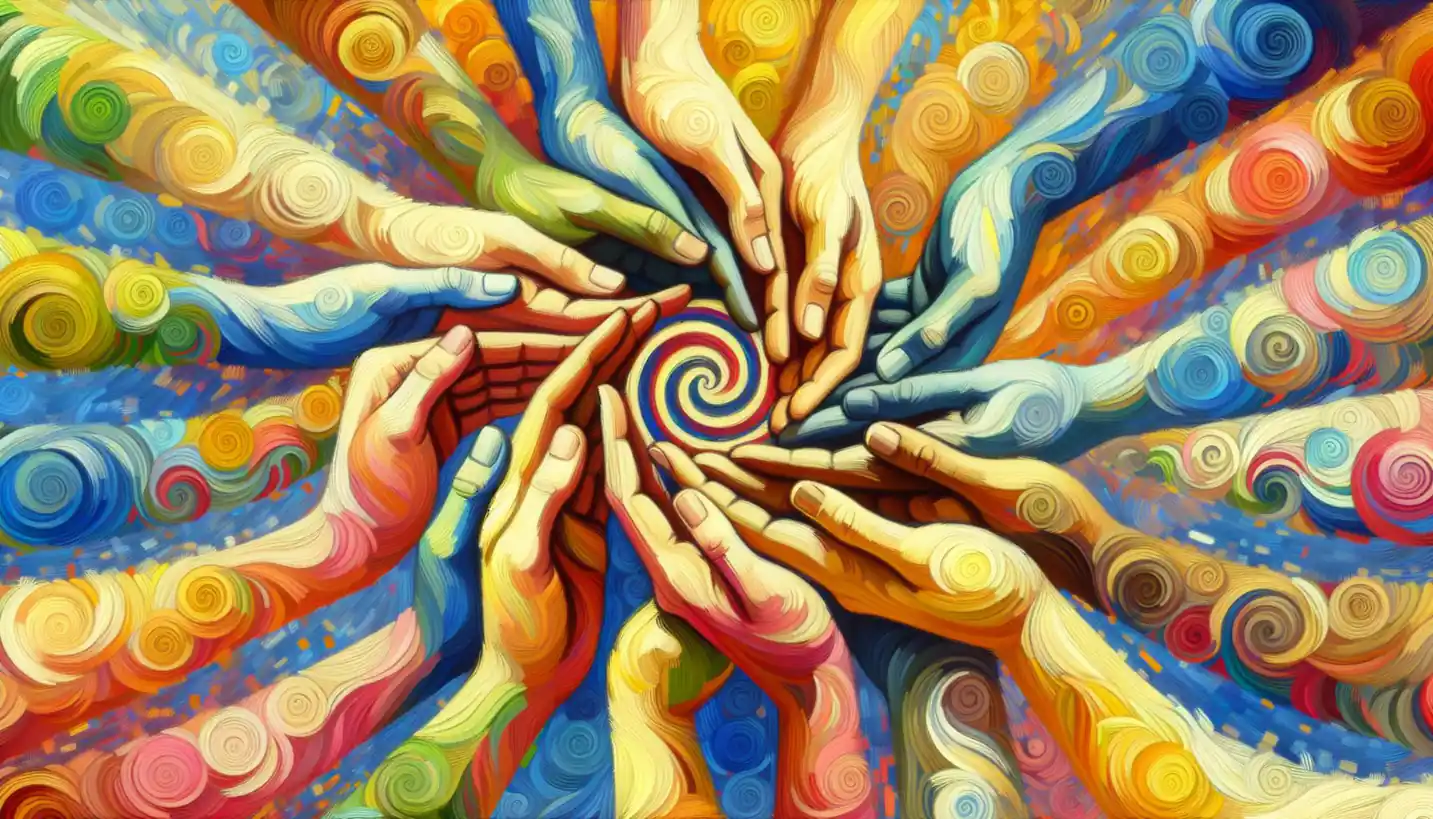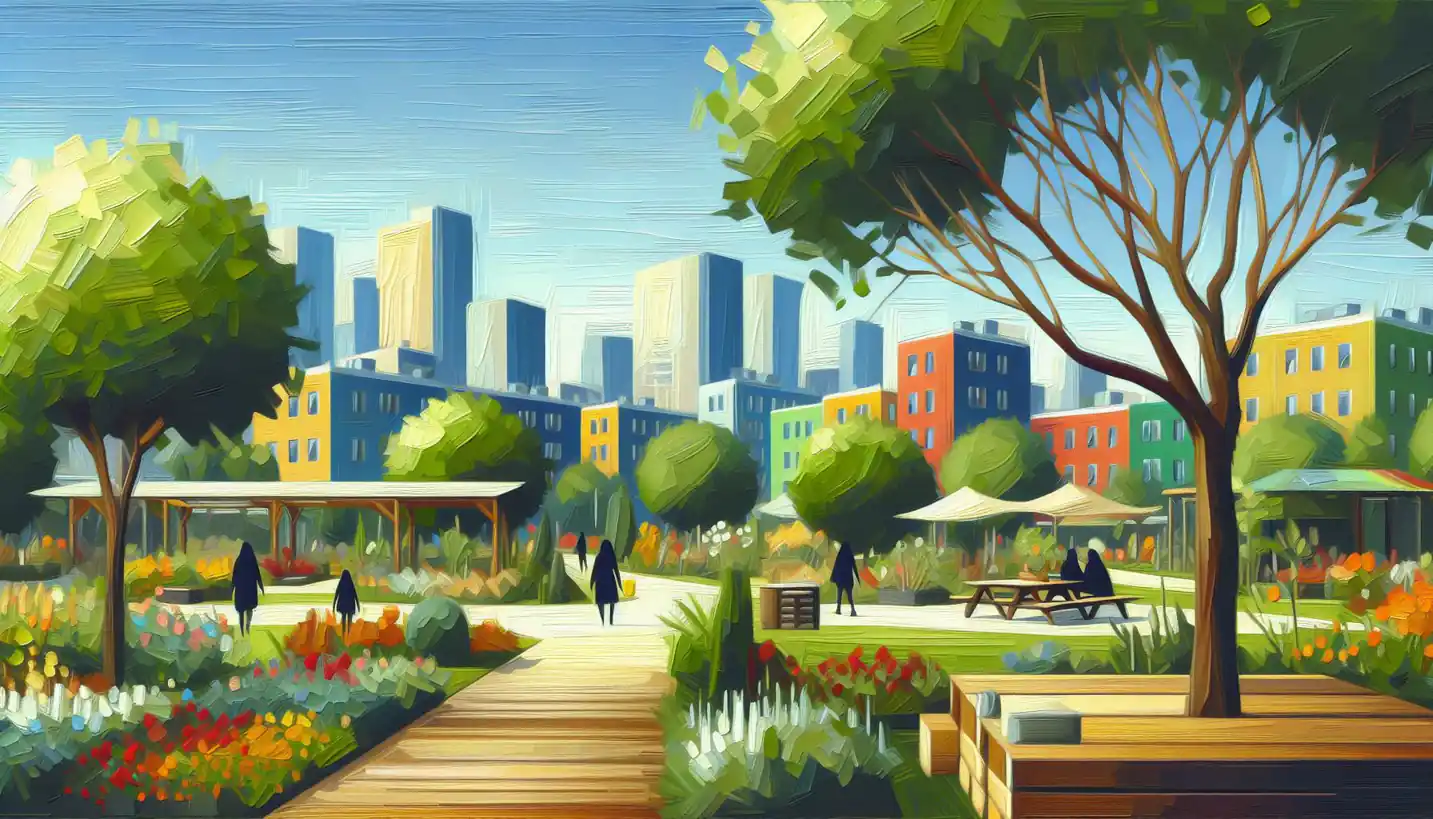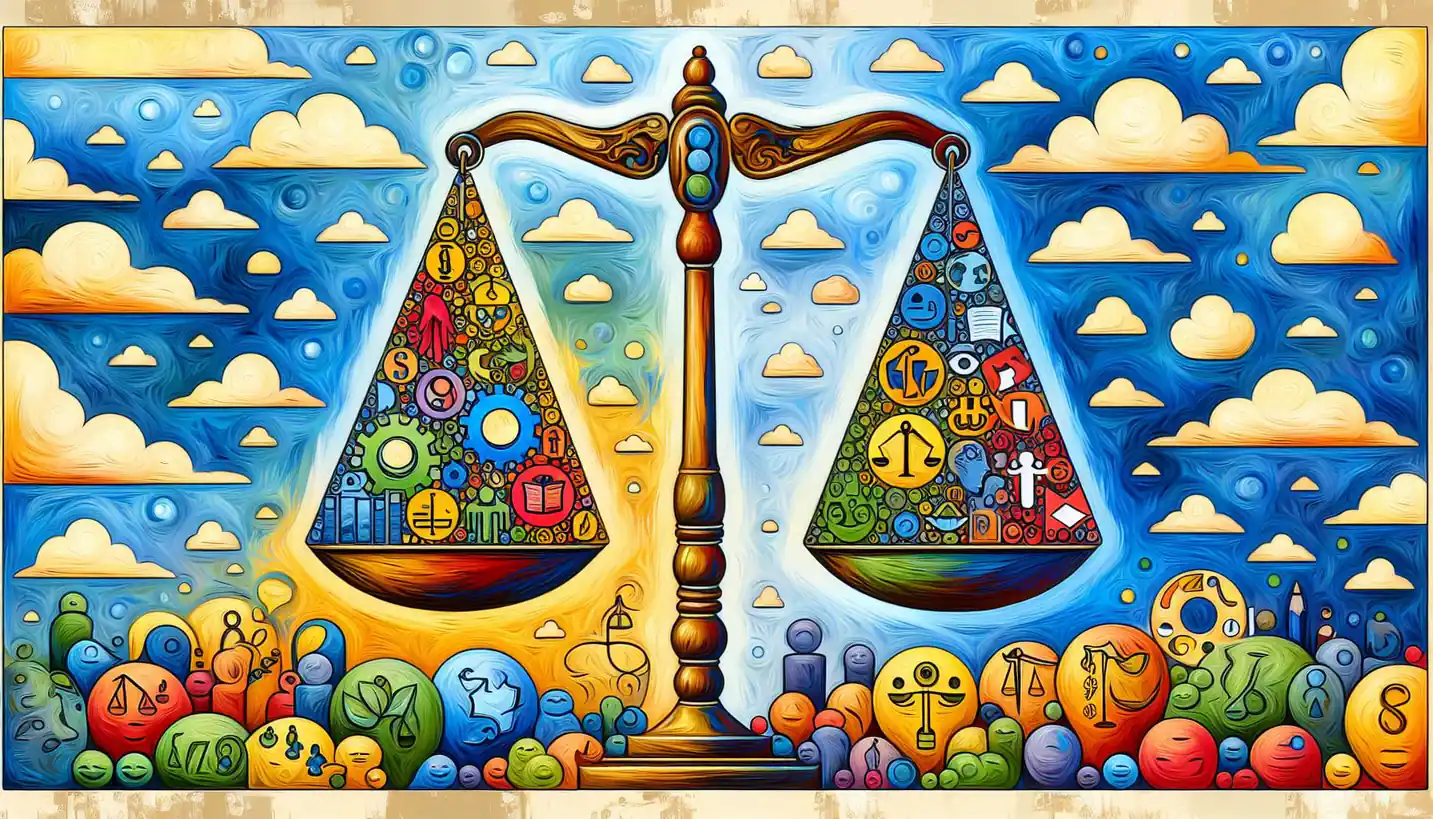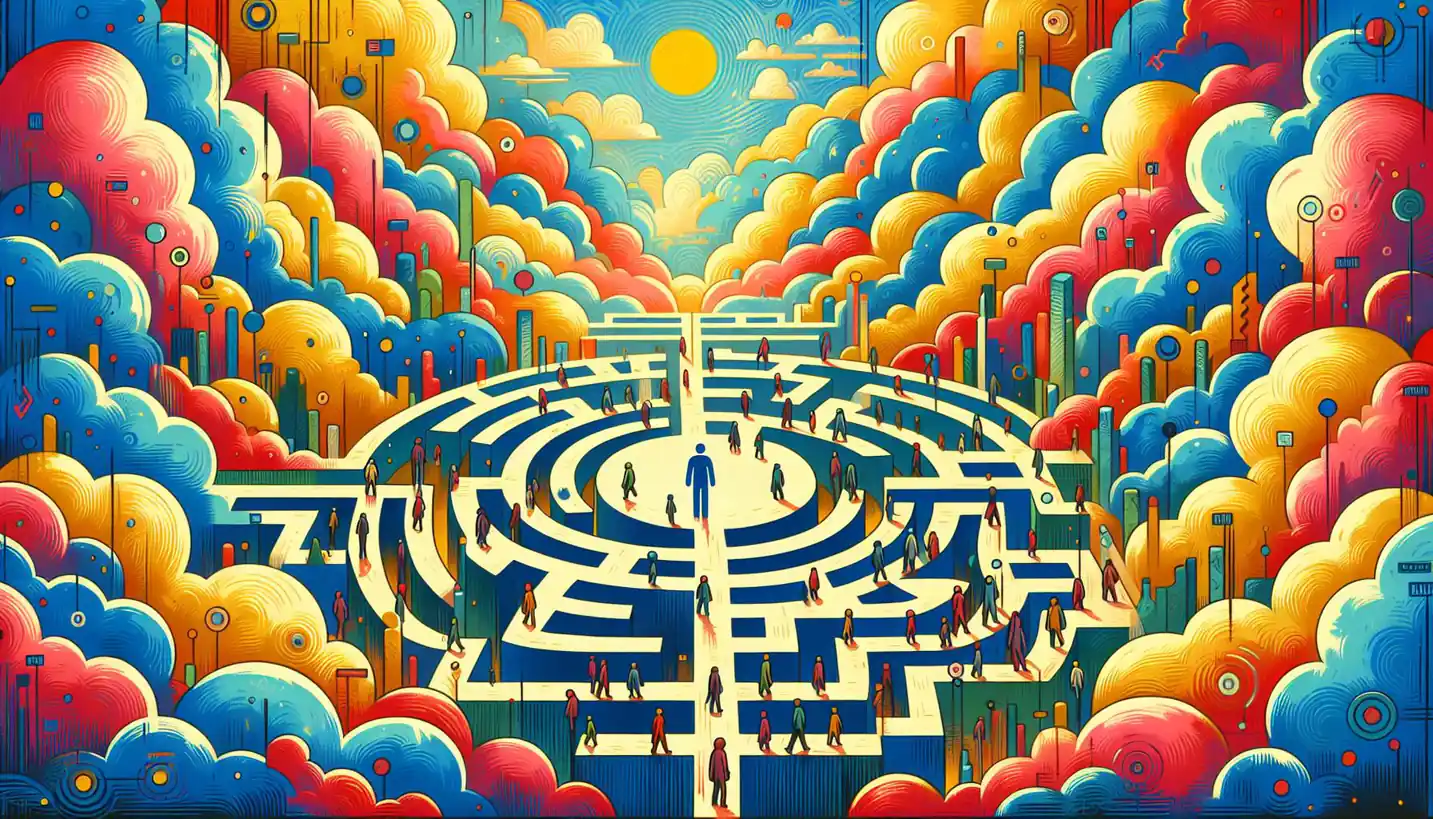· Sociology · 5 min read
Urban Renewal: Transforming Cities for Tomorrow
Urban renewal revitalizes aging cities, breathing new life into urban spaces. Explore how sociology guides the transformation for future cityscapes.

Cities are constantly evolving, and urban renewal plays a key role in how they change and grow. Urban renewal, also known as urban redevelopment, is the process of rejuvenating neglected or older parts of a city to make them vibrant and modern again. Let’s dive into this fascinating concept from urban sociology and explore how it shapes our urban landscapes.
Urban renewal is like giving your old, worn-out room a complete makeover. Think of it as a city’s way of sprucing up areas that have seen better days. The goal? To breathe new life into these areas, often by improving infrastructure, housing, and public spaces. This isn’t just about aesthetics, though. The changes can have profound effects on the community, economy, and overall quality of life.
The History and Concept
The story of urban renewal is storied and dynamic. It dates back to the industrial revolution when cities burgeoned with factories and tenements. As industries moved or declined, many city areas were left in disrepair. To tackle the decay, cities began implementing urban renewal projects. Out of this need, a movement was born, reshaping the urban landscape across the globe.
In simple terms, urban renewal aims to revitalize areas that have lost their economic and social vitality. This can mean tearing down old buildings, constructing new ones, redesigning public spaces, or enhancing public transportation. It’s a holistic approach to make city living more sustainable and enjoyable.
Urban Renewal in Action
Imagine a bustling city neighborhood that has been largely forgotten over the years. Its streets are lined with historic buildings that are crumbling, shops that have been boarded up, and parks that have fallen into neglect. Then, urban renewal steps in, like a breath of fresh air.
The process starts with planning and consultation. City planners, architects, and community members come together to pinpoint what the neighborhood needs. There’s a focus on blending the new with the old, weaving modern developments alongside historical features to preserve the area’s heritage while introducing innovation.
Take Times Square in New York City, for example. Once infamous for its crime and deterioration, it underwent a dramatic transformation. Through urban renewal, it became the vibrant, tourist-attracting hub we know today. This rejuvenation isn’t limited to big cities; smaller towns worldwide are tapping into the magic of redevelopment to better their environments.
The Sociological Impact
Urban renewal isn’t just about bricks and mortar; it’s about people and communities. One vital aspect of urban renewal in sociology is understanding its impact on social dynamics. When an area undergoes redevelopment, it can significantly shift the community’s fabric.
On the bright side, renewal can amplify community pride, reduce crime rates, and invigorate local economies by creating jobs and attracting businesses. Public spaces become accessible and inviting, fostering social interaction and community bonding.
However, urban renewal can also have downsides, particularly if not carefully managed. One of the major challenges is gentrification, where rising property values push out longtime residents, altering the neighborhood’s demographic. This raises critical questions about inclusivity and equity in urban planning.
Balancing the Old and New
Preserving a city’s historical and cultural essence while introducing modern elements is a tricky balancing act. Here lies the artistry of urban renewal. Striking this balance ensures that cities retain their unique charm and identity even as they evolve.
City planners often incorporate strategies like adaptive reuse—where old factories are converted into chic lofts or community centers—maintaining the original character while giving the buildings a new purpose. This approach helps preserve architectural heritage and minimizes waste.
Looking to the Future
As urban populations continue to grow, the necessity of forward-thinking urban renewal becomes even more vital. Urban renewal is destined to play an even more significant role in shaping the cities of tomorrow. Integrating green spaces, promoting sustainable transport options, and utilizing smart technologies in redevelopment are all future targets.
Cities like Copenhagen are leading the way with eco-friendly designs that emphasize carbon neutrality. These efforts underscore a commitment to environmental sustainability while enhancing urban life quality.
The future also holds exciting prospects for integrating smart city technologies into urban renewal projects. Imagine cities equipped with energy-efficient smart grids, waste management systems, and intelligent transportation networks, making urban living more convenient and sustainable than ever before.
Conclusion
Urban renewal is more than just an architectural revamp; it’s an ongoing dialogue between the past, present, and future. It’s about building spaces where people live, work, and thrive. While challenges like gentrification persist, with thoughtful planning and community engagement, cities can ensure that urban renewal creates inclusive and vibrant communities for everyone.
Urban renewal is reshaping modern society, providing a window into how we can rethink and reimagine urban living for generations to come. It’s an endeavor that reveals the incredible potential of human innovation, creativity, and collaboration in designing cities that are not only functional but also beautiful and sustainable.
As our cities face new challenges, urban renewal will continue to be a tool for resilience, adaptability, and progress, unlocking fresh opportunities for growth and connection in our ever-evolving urban landscapes.



